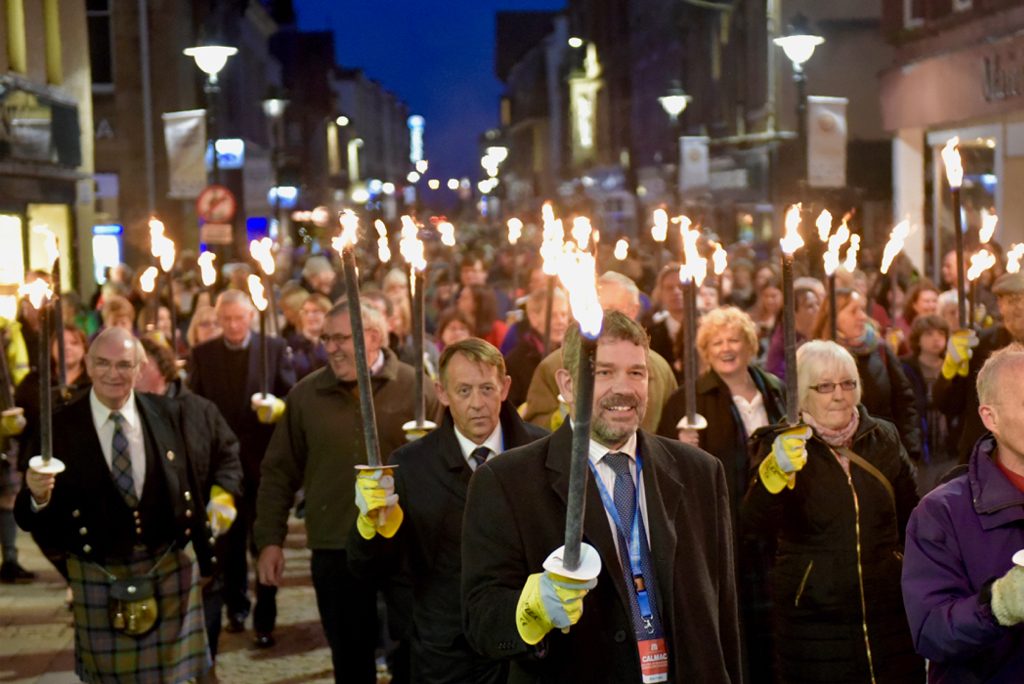Oban will welcome thousands to A’ Mhòd Nàiseanta Rìoghail (the Royal National Mòd) this year. It will kick off with a torchlight procession through the town. Competitors, spectators and visitors will be there all week soaking up the atmosphere.
What is The Mòd?
The Royal National Mòd, often known simply as The Mòd, is a nine-day festival of Gaelic music, art, literature and drama. It is held in a different Scottish town every year, and celebrates Gaelic’s creative heritage and traditions.
The first half of the week is dedicated to competitions for young people, while the second half is for adults. It draws in fluent and learner Gaelic speakers alike, with a host of other interested and curious attendees.
How did the Mòd start?
In 1891, An Comunn Gàidhealach (The Association of Gaels) was established in Oban to help preserve and develop the Gaelic language. They founded The Mòd the following year to encourage teaching, learning and use of Gaelic as well as to celebrate and to preserve Gaelic literature, history, music and art.
Since then The Mòd has run every year with the exception of wartime periods. It has been hosted in in 28 locations, from Stirling to Sutherland. April 2023 marked the first New York Tartan Week Mòd – a smaller version of The Royal National Mòd which invited competitors from North America, Scotland and further afield, to take part in solo Gaelic singing competitions.
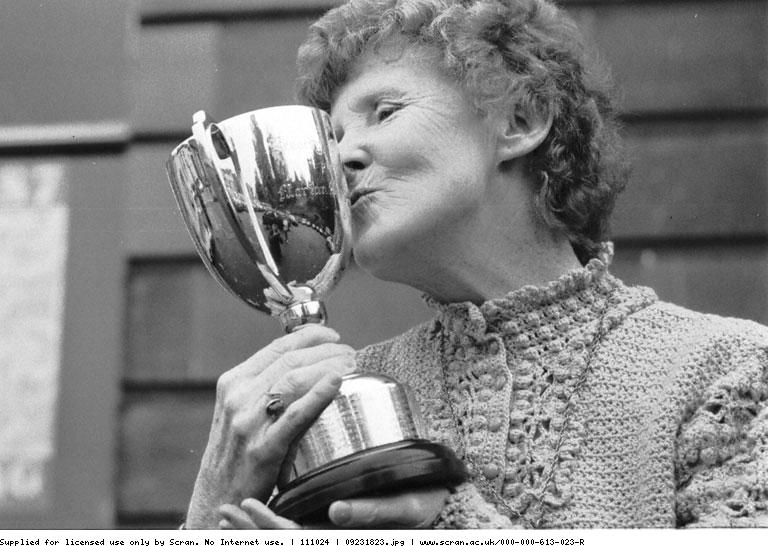
Joyce McCrae of Ontario kisses goodbye to the Kennedy-Fraser Cup which she couldn’t take with her to Canada. © The Scotsman Publications Ltd. Licensor www.scran.ac.uk
What happens?
The main event is competition and performance based, and is modelled closely on the National Eisteddfod festival in Wales. The Mòd has over 200 competitions from playing traditional instruments such as bogsa-ciùil (accordion), pìob-mhòr (bagpipes) and clàrsach (clarsach) to Gaelic drama, solo singing or poetry, and choir competitions. Competitors of all ages hail from around Scotland and sometimes further afield from countries such as France, Germany and America.
Each competition is judged by a panel of experts, and marks are awarded in categories such as musicality and Gaelic fluency. The winners of high profile competitions such as the Silver Pendant or the prestigious Gold Medal perform at a nightly concert broadcast on Gaelic radio and television.
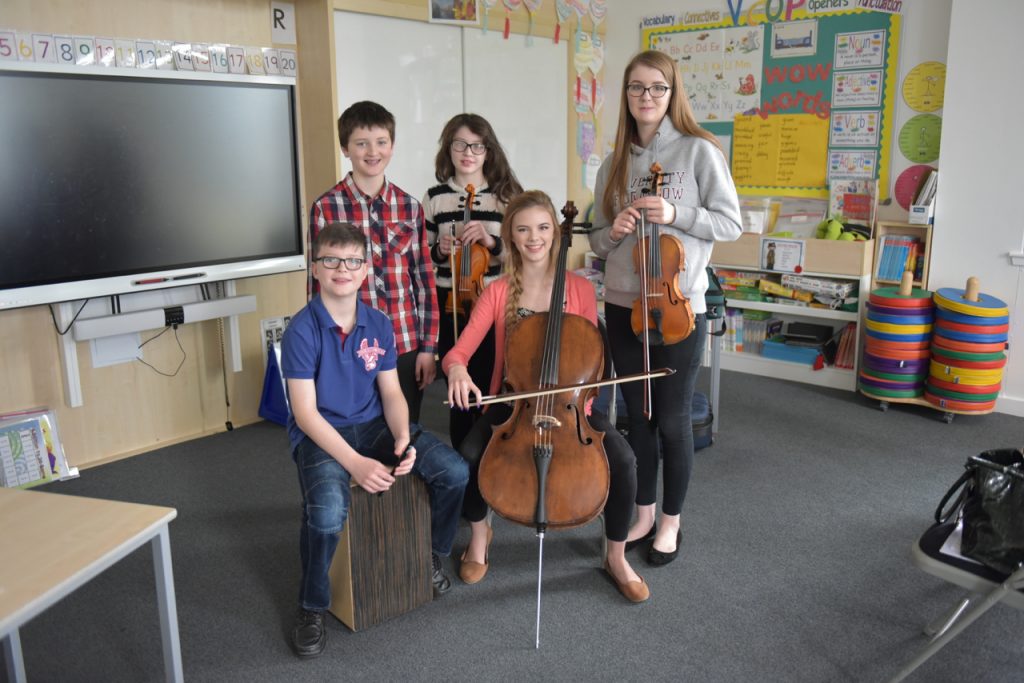
The festival has over 200 competitions! Image © Graham Hood
What’s special about this Mòd?
The Mòd has returned to An t-Òban (Oban), its historic home, after 9 years. This is the 17th time the festival has taken place in Oban and this year has seen competition entries rise to pre-Covid levels, up by a third from last year’s Mòd in Paisley.
As with many festivals, there is also plenty to do and see as part of the festival’s fringe programme. This includes cèilidhs, workshops, lectures and book launches. ‘Camanachd’ or shinty also features at the Mòd and the Men’s, Women’s and Youth Mòd Shinty Cups for will be up for grabs on Saturday 12 October.
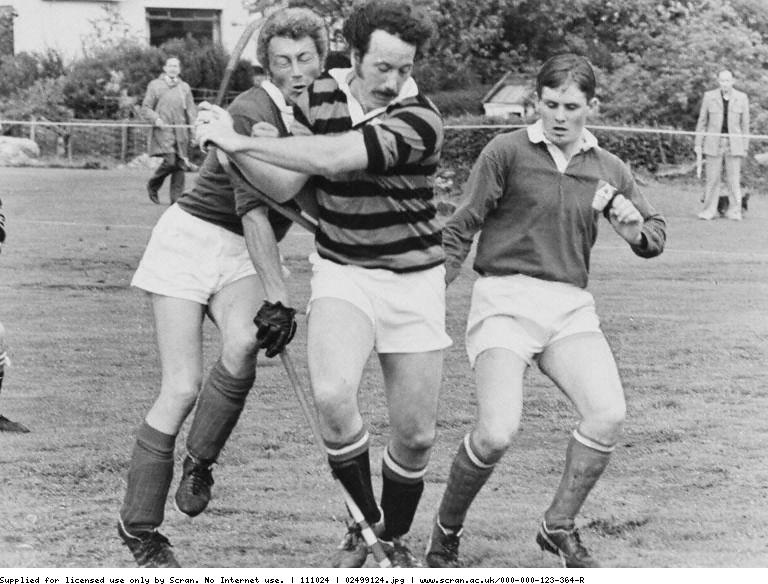
Glasgow Celtic Society centenary cup final at Bishopbriggs from 1979 © Newsquest (Herald & Times). Licensor www.scran.ac.uk
How can I see what’s going on?
If you can’t make it to Oban in person, fear not. BBC Alba and Radio nan Gàidheal have live and roundup coverage through the week.
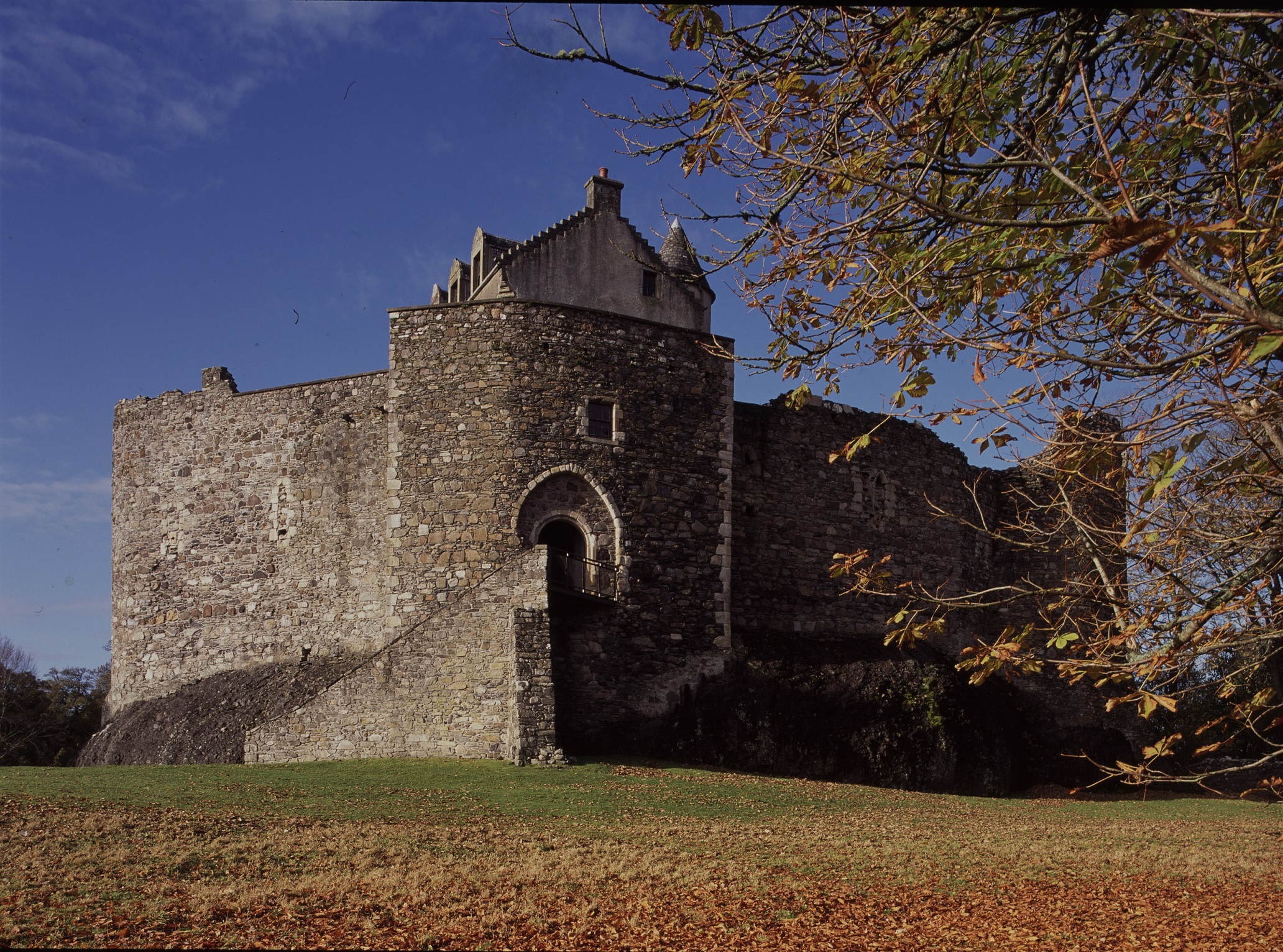
Why not come and say hello to our Gaelic team who will be running a stall at the Mòd as well as free Gaelic tours of of Caisteal Dhùn Staidhinis (Dunstaffnage Castle) on Wednesday 16 October.
This blog was updated on Friday 11 October 2024

